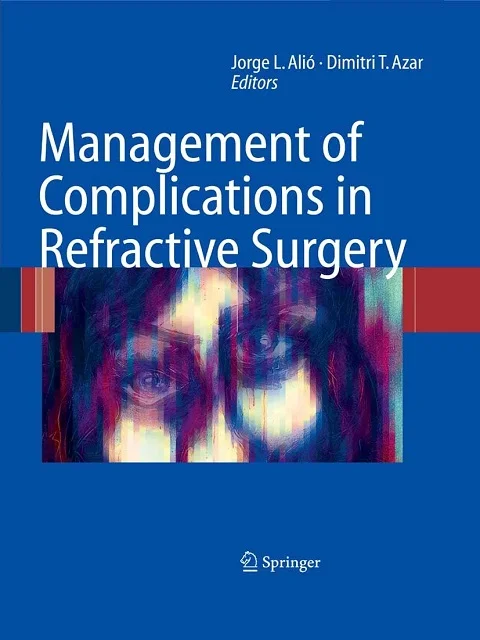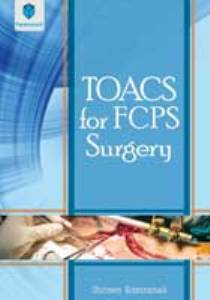Management of Complications in Refractive Surgery
Refractive surgery, including procedures such as LASIK, PRK, and SMILE, has evolved significantly, offering safe and effective correction of refractive errors. However, like any surgical procedure, it carries the risk of complications. Effective management of these complications is essential to ensure optimal visual outcomes and patient satisfaction.
The management of complications in refractive surgery involves early detection, accurate diagnosis, and prompt intervention. Common complications include dry eye syndrome, epithelial ingrowth, flap-related issues, corneal haze, under- or over-correction, and ectasia. Each of these requires a tailored approach based on severity and individual patient factors.
Dry eye, one of the most frequent postoperative issues, is typically managed with lubricating eye drops, anti-inflammatory medications, and punctal plugs in more severe cases. Flap complications, such as dislocation or striae, may necessitate repositioning or smoothing of the flap. Epithelial ingrowth often requires mechanical debridement, especially if vision is affected.
Corneal ectasia, a rare but serious complication, demands early identification through topographic screening and may be managed with corneal collagen cross-linking, rigid contact lenses, or in advanced cases, corneal transplantation. Undercorrection or overcorrection can often be addressed through enhancement procedures once corneal stability is achieved.
The success of managing complications in refractive surgery heavily relies on careful patient selection, thorough preoperative assessment, adherence to surgical best practices, and meticulous postoperative care. Continuous advancements in technology and surgical techniques are further improving the ability to prevent and effectively manage these complications.
This book is available at Books Hub Pk. Order now and get home delivery all over Pakistan within 3 Working days.






